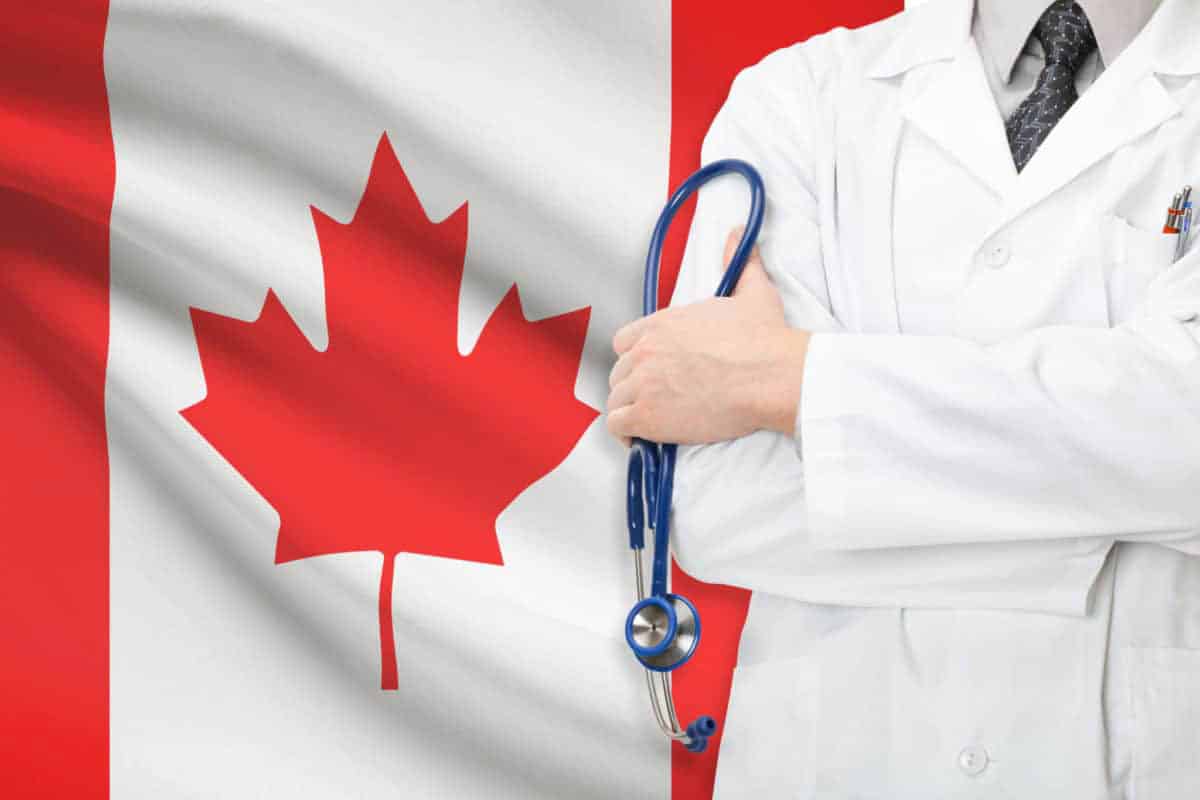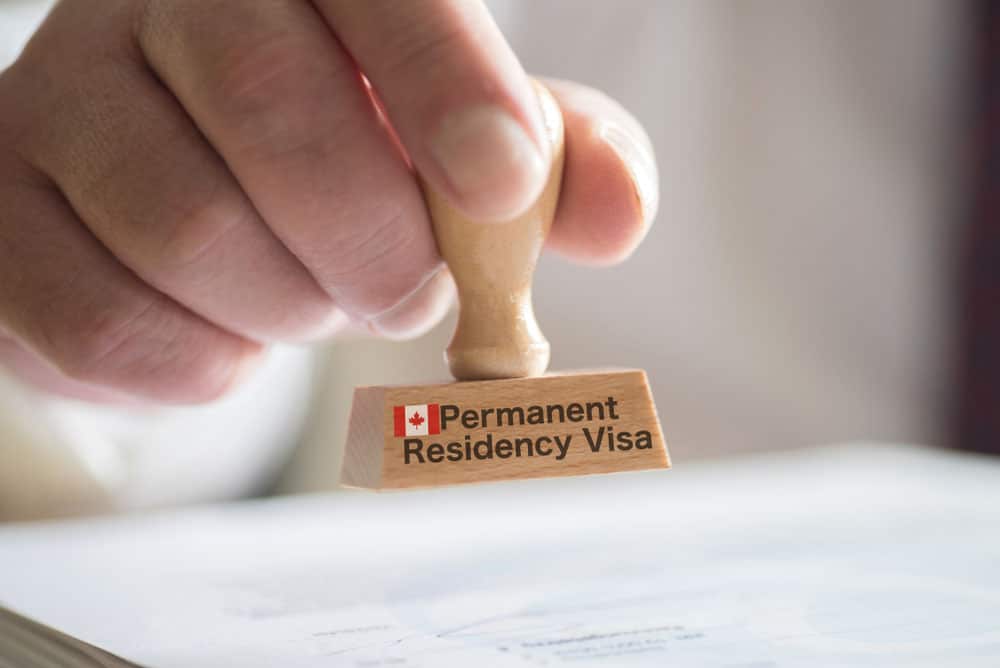What You Should Know About Health Care in Canada Before You Arrive

The Canadian health care system is based on the idea that all citizens should have access to all “medically necessary hospital and physician services”. To this end, each of Canada’s ten provinces and three territories fund and administer a national health insurance program. Under federal law, there is no cost-sharing for health services.
While Canadians are guaranteed access to hospital and physician services, each province must determine whether to fund “supplementary” benefits, such as dental care and prescription drug coverage. To cover these services, almost two-thirds of Canadians purchase private supplemental insurance (or have an employer-sponsored plan).
While it is generally assumed that the Canadian health care system is government-funded, spending on these supplementary benefits accounts for 30% of total health care costs. According to a 2011 survey, non-government funds account for almost all dental spending in Canada, with 60% of people covered by employer-sponsored insurance and 35% paying out-of-pocket. Some Canadian legislators have tried, unsuccessfully, to expand the scope of the country’s public health plan to include more services.
Although Canada’s health care system is funded by the government, many providers are not public servants. Instead, physicians are generally paid by the government on a negotiated fee-for-service basis. The average primary care physician in Canada earns $125000, compared to $186000 in the United States.
What is the Price Range?
Canada spent 11.4% of its GDP on health care in 2009, leading the OECD countries:
This is most likely due to the lower unit cost of health care in Canada. An MRI costs $824 north of the border, compared to $1200 in the United States. It’s also about lower administrative costs: According to a 2010 study by Health Affairs, doctors in Ontario, Canada, spend $22205 a year dealing with the single-payer organization, compared to $82975 for commercial insurance companies, Medicare, and Medicaid in the United States.
How well does the Canadian health care system work?
In its annual assessments of global health systems, the OECD gives Canada’s health system high marks in terms of outcomes. In a 2011 report, the international body observed that “Canada’s survival rates for breast and colorectal cancer are among the highest in the OECD.” “Canada also excels in primary care, which minimizes costly hospital admissions due to chronic diseases such as asthma and uncontrolled diabetes.”
Wait times in Canada are generally longer than in other nations, especially for specialists and elective surgeries. In a 2010 Commonwealth Fund study, 59 percent of respondents said they waited more than four weeks for a specialist consultation, more than double that of the United States :
Canada has only recently begun to take action on this issue: In 2005, each province was required to set evidence-based wait times for specific treatments. In a 2010 report, the Commonwealth Fund stated that “provinces have achieved significant success in their efforts to monitor and reduce wait times, and many are now meeting wait time targets for at least 75% of patients.” “Where available, trend data show that wait times for joint replacement, restorative care, cardiac surgery, and diagnostic imaging tests are decreasing.”
Who is eligible for Medical Assistance?
In Canada, public health insurance is available to all citizens and permanent residents. Most health care services are free with it. Instead of a single national plan, Canada’s public health care system is made up of provincial and territorial health insurance plans that all follow the same set of guidelines. Each province issues a provincial health insurance card, which you must present to a hospital or medical clinic when seeking care.
What is the procedure for obtaining a government-issued health insurance card?
People who are eligible for public health insurance should apply for a card from their provincial government as soon as possible after arriving in Canada. You can get an application form online or in person from your provincial ministry of health. You will need to show identification such as your birth certificate or passport, as well as your Confirmation of Permanent Residence (IMM 5992) or Permanent Resident Card when you apply for your health card. In most provinces and territories, each family member will receive their own health care through a unique identification number. Only adults receive a health card in Manitoba, while children are covered by their parents’ card. In case of an emergency, it is a good idea to keep your health card with you at all times.
In The Process Of Obtaining Coverage
Before acquiring health coverage, most provinces require new residents to wait a certain amount of time. This period is three months in most provinces. During this time, you can apply for short-term private health insurance coverage. This is especially important for families with young children or elderly people who arrive and may need medical care while waiting.
If you have a medical emergency before your provincial health card arrives and you do not have private health insurance, you may face significant costs. The Interim Federal Health Program can provide free interim coverage for refugees and other newcomers who are not yet eligible for provincial health insurance.
Community Health Centers
While it is suggested that newcomers purchase private health insurance while waiting for government coverage to begin, community health centers are a less expensive option for people without provincial coverage who need basic medical care. Community health centers are non-profit organizations that employ doctors, nurses, and nurse practitioners to provide health services at no or low cost. However, these services can have a long waiting list.
After Provincial Health Care, we resort to Private Health Insurance
Even if you already have public health care, you should find out about private health insurance. Services not covered by your provincial health care plan may be covered by private insurance. Examples of these expenses include dental care, private hospital rooms, prescription drugs, and prescription eyeglasses. Some companies provide access to their private group health insurance policies for their employees.
Emergency Assistance
To contact emergency services for medical emergencies, call 911 (ambulance, fire, and police). If you can get to the hospital without an ambulance, all hospitals have an emergency entrance where people who need medical help can ask for help.




